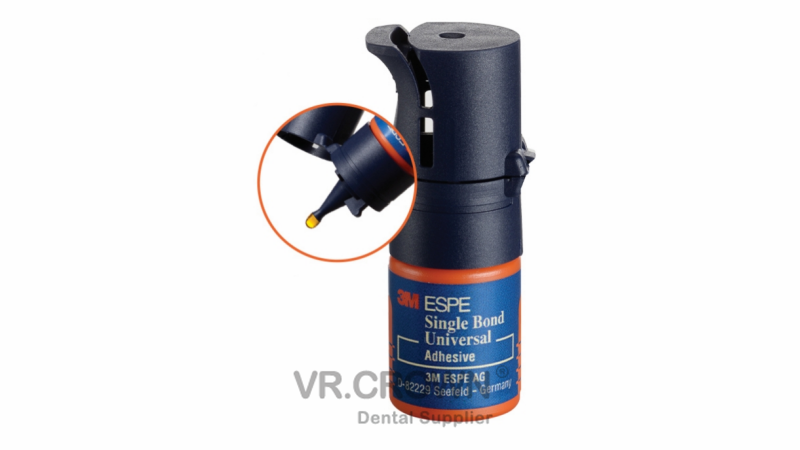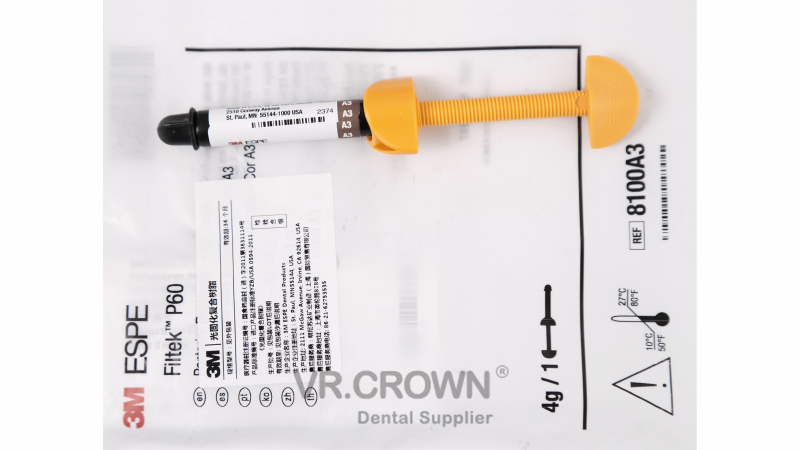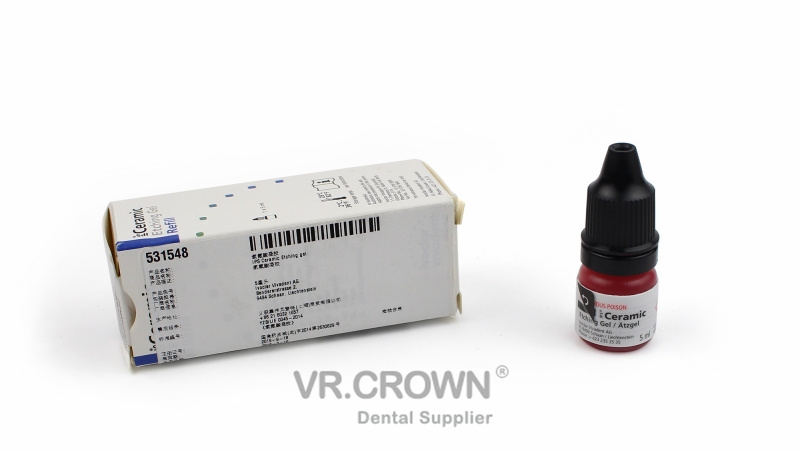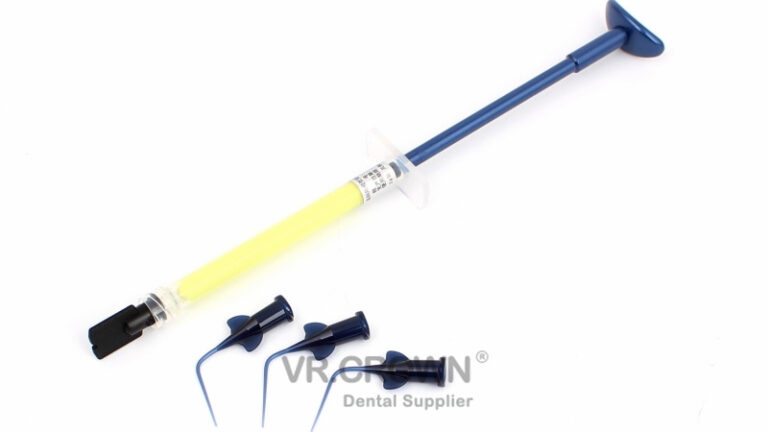As a dentist dedicated to providing top-quality care to my patients, one topic that frequently arises is the selection of the best bonding material for dental crowns. The importance of this decision cannot be overstated, as the bond between a crown and the underlying tooth is a critical factor in the success and longevity of the restoration.
The Significance of Crown Bonding
Crown bonding is the process of securely attaching a dental crown to a prepared tooth. The quality of this bond directly affects the crown’s stability, function, and aesthetics. A strong bond ensures that the crown remains firmly in place, withstands biting forces, and appears seamless alongside natural teeth.
The Ideal Crown Bond
Achieving the ideal crown bond involves several key aspects:
- Retention: The bonding material should create a strong, reliable bond between the crown and the tooth to prevent dislodgment.
- Marginal Integrity: It’s essential to maintain a tight seal at the crown’s margins to prevent bacterial infiltration and subsequent decay.
- Biocompatibility: The bonding material should be biocompatible to ensure it doesn’t irritate or harm the surrounding tissues.
- Aesthetics: For crowns in visible areas, the bonding material should blend seamlessly with natural teeth, ensuring an aesthetically pleasing result.
- Strength: The bond should provide sufficient strength to withstand the forces exerted during chewing and biting.

Exploring Bonding Materials
Let’s delve into the different bonding materials commonly used in dental practice:
Glass Ionomer Cement
Glass ionomer cement is a versatile choice for crown bonding. It offers several advantages:
- Fluoride Release: This type of cement gradually releases fluoride, aiding in cavity prevention and overall oral health.
- Biocompatibility: Glass ionomer cement is well-tolerated by the body, making it suitable for various clinical scenarios.
- Ease of Use: It is relatively straightforward to handle and manipulate, simplifying the bonding process.
- Chemical Bond: Glass ionomer cements form a chemical bond with tooth structure, enhancing retention.
Resin Cement
Resin cements are another popular choice for crown bonding, especially for esthetic restorations. Key advantages include:
- Strength: Resin cements offer excellent strength, ensuring a durable bond between the crown and tooth.
- Aesthetics: They provide superior esthetics, making them ideal for crowns in visible areas of the mouth.
- Adhesion: Resin cements create strong adhesive bonds, promoting crown retention.
Zinc Phosphate Cement
While less commonly used today, zinc phosphate cement has been a historical choice for crown bonding. It offers:
- Strength: It provides a reasonably strong bond, which can be advantageous for certain clinical situations.
- Durability: Zinc phosphate cement is known for its long-lasting properties.

Factors Influencing Bonding Material Selection
The selection of the best bonding material for crowns is influenced by various factors:
Clinical Application
Consider the patient’s specific case. Factors such as age, oral health, and the location of the crown play a role in material selection.
Strength Requirements
Evaluate the patient’s bite force and habits. For individuals with heavy biting forces or bruxism (teeth grinding), a stronger bonding material may be necessary.
Aesthetic Considerations
For crowns in visible areas, prioritize bonding materials that provide excellent esthetics, such as resin cements.
Fluoride Release
In cases where fluoride release is desired for enhanced cavity prevention, glass ionomer cement may be the preferred choice.

Achieving Excellence with the Right Bonding Material
As a dentist, their goal is to provide top-quality care to my patients, and this includes selecting the best bonding material for crowns. Each clinical situation is unique, and a thorough evaluation of the patient’s needs, along with a careful consideration of the available bonding materials, is essential.
In conclusion, crown bonding is a critical aspect of restorative dentistry, and the choice of bonding material significantly impacts the success of the crown restoration.
By understanding the characteristics and advantages of different bonding materials and tailoring the selection to each patient’s specific needs, you can provide the best possible dental care and ensure the long-term success of crown restorations.
Should you have any questions, contact us today at uident.lisa@gmail.com.



